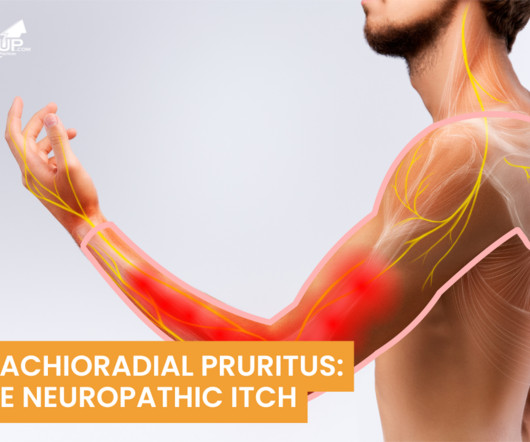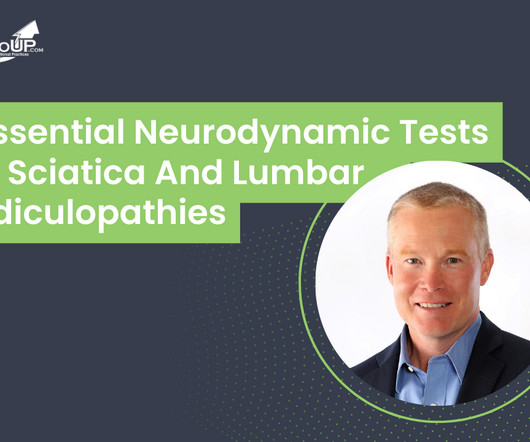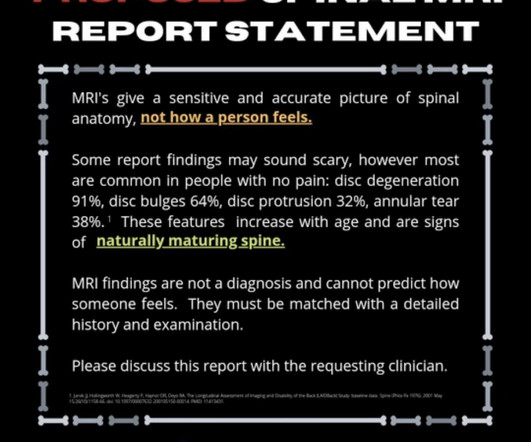Brachioradial Pruritus: The Neuropathic Itch Every DC Should Recognize
ChiroUp
JANUARY 2, 2025
radiculopathy, lupus, herpes zoster, stroke, or multiple sclerosis. 2022 Sep 14;5(3):e39863. 2022 Feb;14(2). 2022 Sep 12. Brachioradial pruritus as a symptom of cervical radiculopathy. 2022 Aug;2022(8):rjac277. 2022 May 2;14(1):93-7. Acta dermato-venereologica. 2018 Jan 1;98(1). 2021;79:900-3.















Let's personalize your content